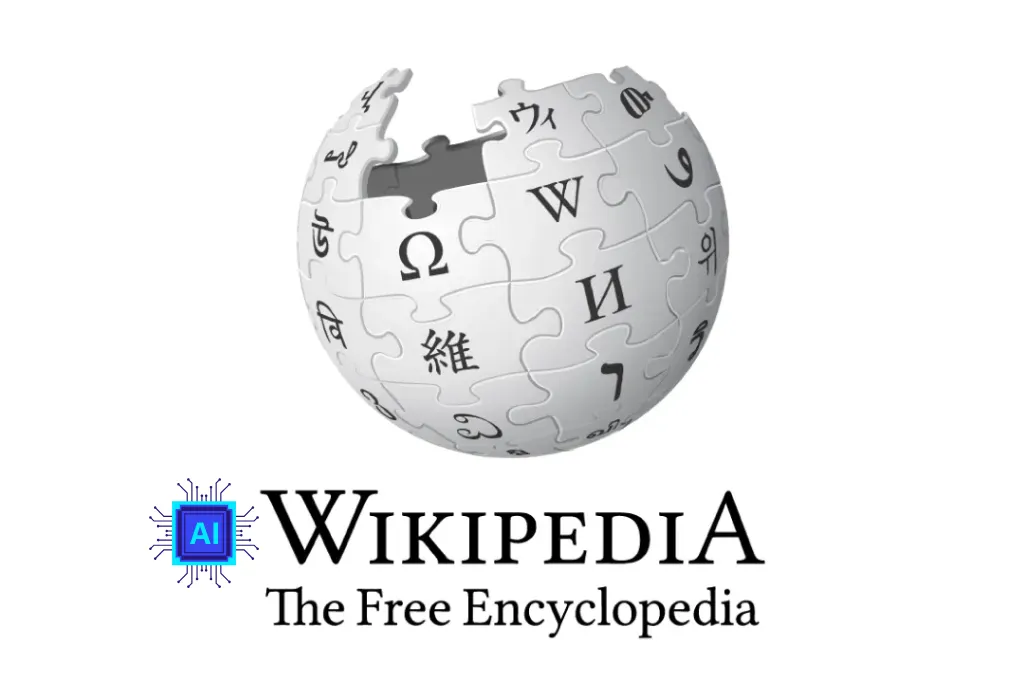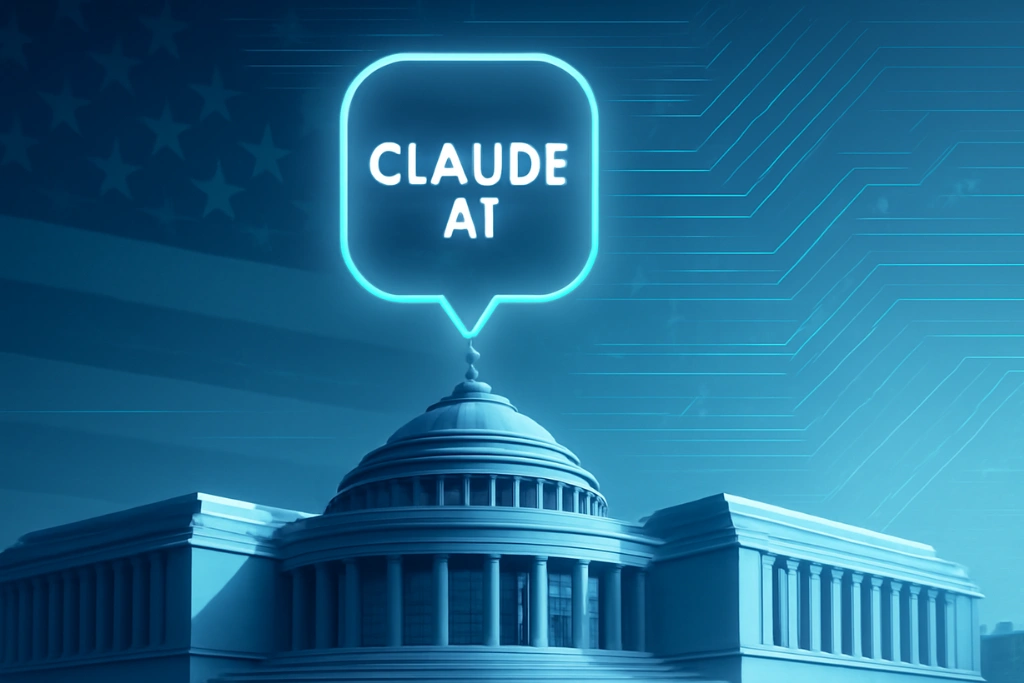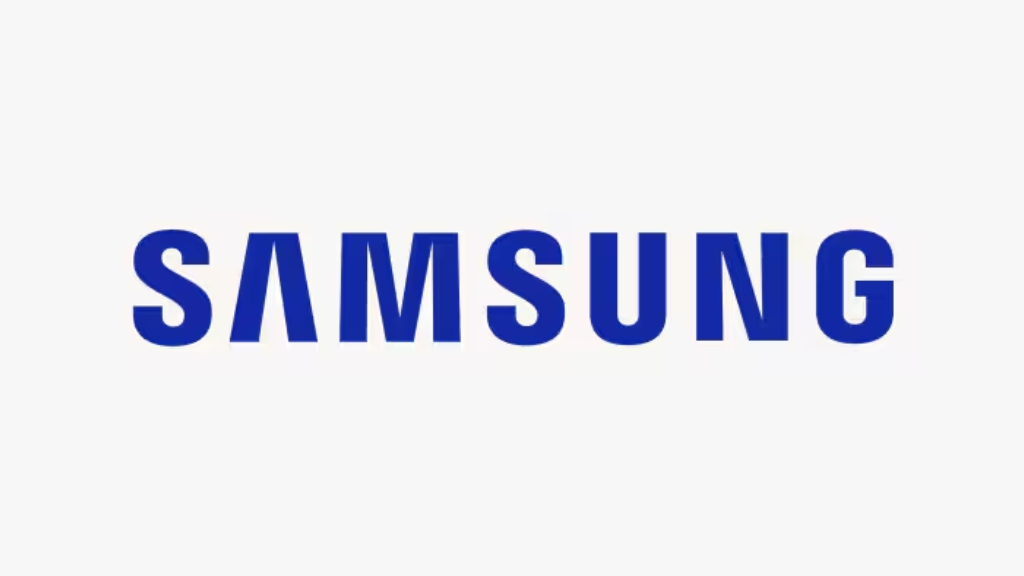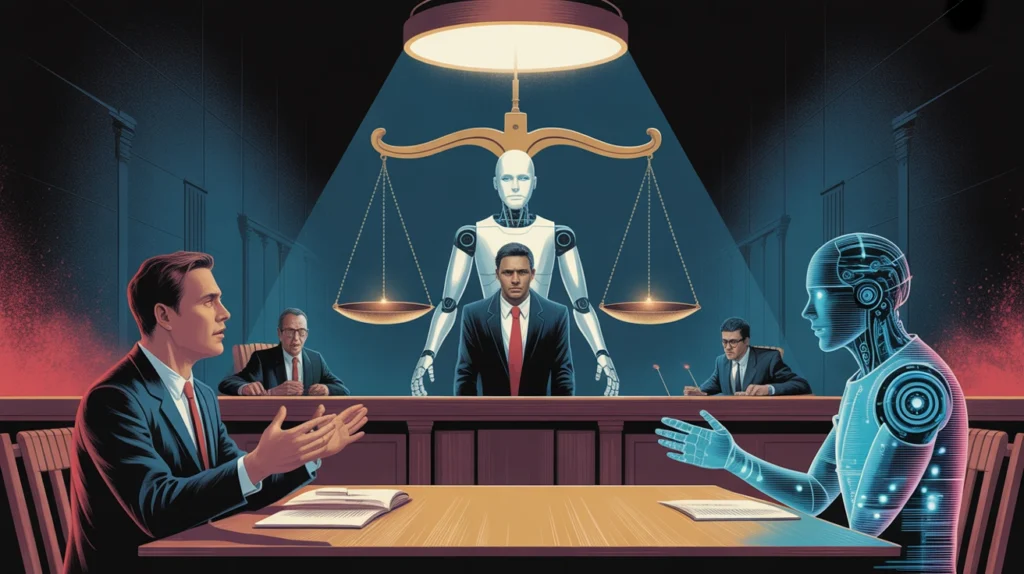Imagine your go-to spot for quick facts getting flooded with fake info from smart chatbots. That’s the nightmare Wikipedia is facing right now with “AI slop”—those messy, wrong, or just plain shallow bits of content spit out by tools like ChatGPT. This problem has exploded since AI went mainstream, leaving volunteer editors buried under junk articles, made-up facts, and sneaky ads. Wikipedia is fighting back with smart community rules, sharp-eyed editing, and cool new tools to keep things real and human-made, which is super important for anyone relying on accurate info online.
Speedy Deletion Policy for Quick Removal
Wikipedia rolled out a fresh “speedy deletion” rule, called G15, around mid-2025 to zap those unchecked AI articles that scream low quality, like wild made-up stories, phony links, or confusing writing.
- Unlike the usual setup where everyone chats for a week before deleting, G15 lets admins wipe out the bad stuff on the spot if it’s clearly from AI and no human has double-checked it.
- Spotters watch for clues like too many words such as “moreover” or “breathtaking,” fancy dashes, curly quotes, and weird layouts—these are dead giveaways from chatbot chats.
- Folks are calling this a quick fix for the worst offenders, saving tons of time for editors, but they know AI could turn helpful if handled right.
This move helps block the flood without kicking AI out completely, sticking to Wikipedia’s big ideas of truth and fairness.
WikiProject AI Cleanup: Community Vigilance
A team of dedicated volunteers kicked off WikiProject AI Cleanup back in 2024 to hunt down and ditch any unsourced or sloppy AI stuff popping up everywhere on the site.
- The group checks AI bits carefully instead of banning them outright, fixing the good parts and tossing the bad ones like fake facts or leftover chatbot lines in pages.
- It ties into bigger pushes to catch tricks, lies, and spam, seeing unchecked AI mess as a kind of online dirt that chips away at trust.
If you’re someone who digs into AI stories, this shows why having real people in charge is key to dodging the same traps on other sites.
Policies and Guidelines on AI Use
Wikipedia’s main rules have tweaked to tackle AI dangers without one big “no AI” sign, pulling from old guidelines on being reliable, original, and respecting copyrights.
- AI-made pictures are mostly a no-go, especially for pages about real people, because of worries about fakes and hidden biases.
- Tips warn against using AI as a fact source or for chat comments, and say no to tweaking images with it, stressing that robot stuff has to match human levels of correctness.
- They even hit pause on testing AI summaries for articles in June 2025 after editors slammed it for spreading wrong info, putting human touch first.
Tools and Future Strategies from Wikimedia
The Wikimedia Foundation, the folks behind Wikipedia, is pumping money into AI helpers to boost editors without taking over their jobs.
- Stuff like Edit Check nudges you to add sources for big text chunks and scans for fair wording, with a new “Paste Check” coming to spot possible AI copy-pastes.
- AI already sniffs out bad changes and handles jobs like translating, giving editors more time for the important fixes.
- In a smart twist, Wikimedia dropped a special AI-friendly dataset on Kaggle in 2025 to stop sneaky data grabs by AI makers, sharing organized info openly.
All this is like Wikipedia’s own defense system, as one boss there said, growing to deal with AI’s good and bad sides. Sure, troubles linger—AI junk might hit smaller language sections harder—but the group’s teamwork and focus on facts keep the site a solid spot for real knowledge. If you’re hunting AI updates, watching this could spark ideas for keeping your own info straight and true.






